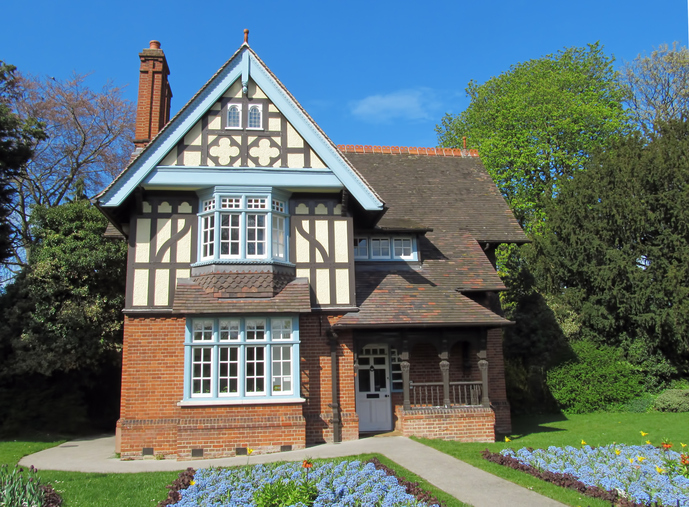If you struggle to get around, there are solutions available to better enable you to live independently in your own home, and to access services when you’re out and about. Provisions to help disabled or immobile children, adults and the elderly include the installation of passenger lifts and stairlifts, level access, rails and ramps. But for listed properties, planning permissions and government legislation can often be barriers to accessibility.
As an owner of a listed building, you hold a special responsibility to care for and abide by the legislation put in place to protect and preserve heritage property. Advice from the Listed Property Owners’ Club on the topic of listed building consent makes it clear: listed status covers a whole building, inside and out. Failure to obtain consent before altering a listed building may result in a demand to have any installations removed, or else a fine or even a term of imprisonment.
Some adaptations may not involve making changes to the property itself, for example, removable ramps. These are known as ‘auxiliary aids’, and don’t damage the building works. Other adaptations, such as installing a stairlift or passenger lift, will involve making changes to the fabric of the building. So what are the solutions for improving accessibility in both private and commercial listed properties?
You have a responsibility to make commercial listed properties accessible
In a blog post on the topic of disability and access, passenger lift suppliers Premier Platform Lifts report that 29% of adults with impairments have found certain buildings outside of the home completely inaccessible owing to their accessibility needs. That includes 54% of shops and 23% of restaurants and bars. More than four fifths of disabled adults experience barriers in leisure, social and cultural activities.
If you operate a business out of a listed property, you have a duty to make “reasonable adjustments for disabled people” under the Disability Discrimination Act 1995, and the Equality Act 2010. This requires business owners to make provision for those with accessibility issues to access everyday goods and services like shops, cafés, banks, cinemas and places of worship, regardless of whether or not that business operates out of a listed property. Listed property owners, though, might find it more difficult to make these provisions owing to the points outlined above.
Installing a lift in a listed property can be a challenge
Stairlifts are installed in private properties to aid those who may struggle to climb or descend stairs, owing to arthritis and similar conditions. Typically, the installation of a stairlift requires support brackets, which are attached to individual stairs themselves and leave screw holes in the wooden stair treads. Stair lifts do not typically touch or lean against the wall, unless the staircase is curved, in which case additional fixings may be required for stability.
In some cases, installing a stairlift also requires modification to handrails or boarding up of balusters for safety reasons. Obstructions at the top and bottom of the stairs, like radiators or doors, may also need to be repositioned.
Vertical lifts transport users from one floor to another by moving vertically through a hole in the ceiling/floor. This type of stairlift may be recommended for private listed properties if a staircase isn’t suitable for an ordinary stairlift—if it’s too narrow, or if it’s a spiral staircase—and are common for wheelchair users who are not able to transfer to a stairlift seat. They usually require substantial building alterations, notably creating a hole in the ceiling/floor, and installing a rail track and lift shaft.
There are accessibility solutions for listed properties
Private and commercial listed property owners have both a need and duty to ensure there are adequate accessibility options. Ramps and rails are easy to install without causing any real damage to the property, if at all. But the installation of stairlifts and passenger lifts can be a far greater challenge to negotiate.
This booklet from Historic England covers the solutions for installing vertical lifts in more detail. “Passenger and platform lifts”, they write, “are best located in the less-sensitive parts of historic buildings”, like secondary staircases, or in areas that have already been disturbed or altered. Pits and openings for lift shafts should be carefully located to avoid loss or damage to significant or decorative surfaces: self-contained home lifts are available, which reduce the necessity of making structural changes. Nevertheless, requirements for ongoing maintenance and management should not be overlooked.
Before making any changes to a listed property, make sure you apply for planning permission in accordance with the policy set out by the relevant heritage authority where you live. Contact your local planning authority to apply for Listed Building Consent, and explore the options available to you by seeking the advice of specialist passenger lift and accessibility solutions providers for their assistance and advice.


